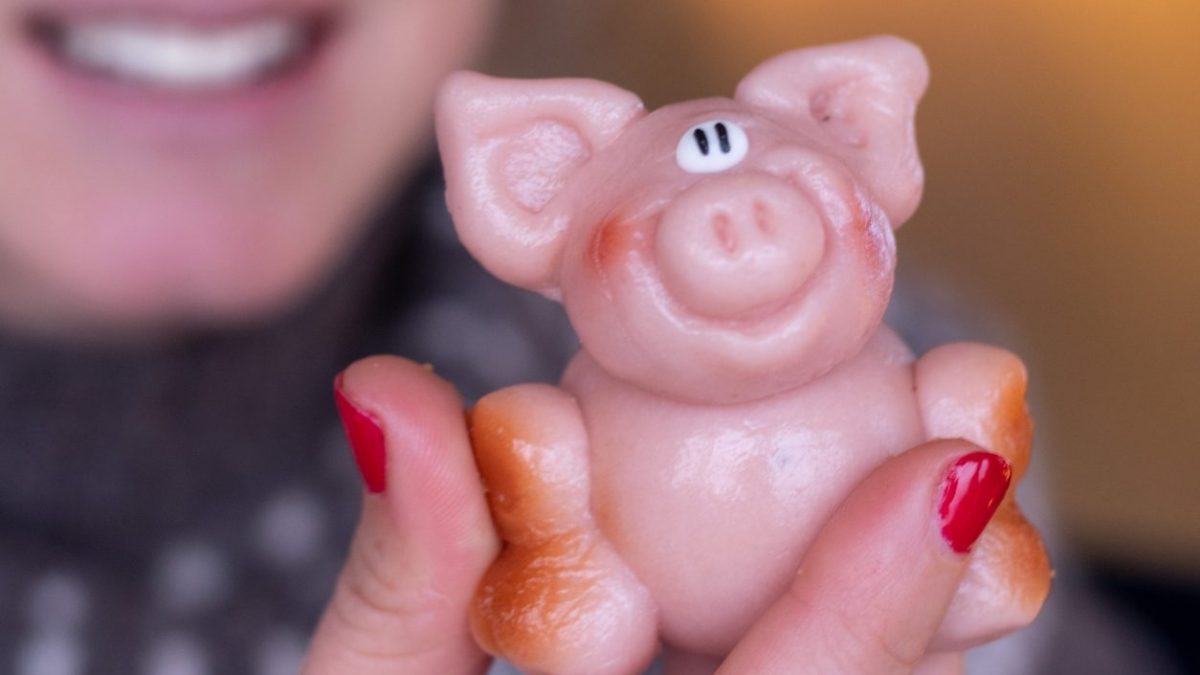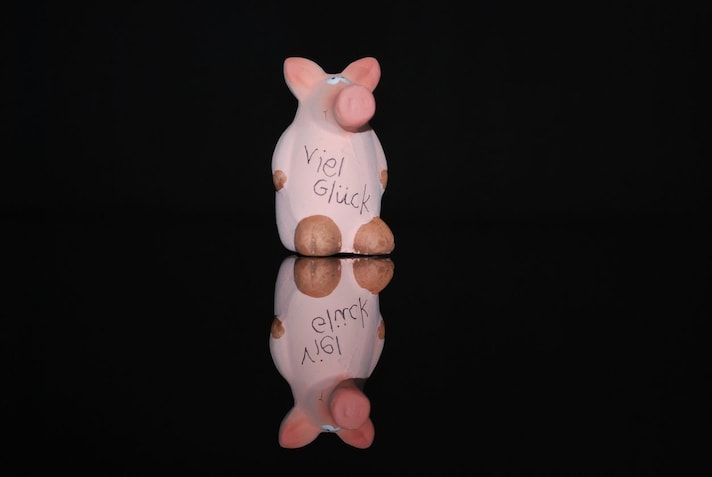
If you find yourself in Austria, Germany and Trentino Alto-Adige during the Christmas period, you might be surprised by the myriad of little pigs that can be seen in homes and shops. Almost as if the pig were the symbol of Christmas: but what are these little pigs? They are called glücksschwein and are part of the Christmas tradition of these areas. Traditionally, the glücksschwein would be a marzipan pig but over time its shape has evolved and now you can also find them in ceramic, plastic and other materials. It is a symbol of prosperity and abundance and is given as a gift to relatives and friends during the Christmas holidays but in view of New Year ‘s Eve: in fact, it is a good omen for the year to come. Let's see where this tradition comes from and the history of the glücksschwein.
The History of Lucky Pigs
Technically speaking, this lucky marzipan pig has the exact same "power" that Americans attribute to black eyed peas and lentils to be eaten at the stroke of midnight on January 1st. We must say right away that the symbolism of the pig has always been linked to abundance. As Pastoreau, a world-famous anthropologist, says, the pig has always had a very close relationship with money "because it is a symbol of prosperity. The Romans used it as an amulet and there were even coins that depicted it, in England in 1700 they invented the first piggy banks in the shape of a pig. There has always been a very strong association between this animal and prosperity". This association also exists in Italy, especially in rural Italy: whoever owns a pig could never be poor according to the "voice of the people", because he would always have plenty of food available. Throughout history, pigs become a low-cost investment for poor farmers: they buy two pigs to have offspring and keep them in the yard so that they can sell some of the piglets and slaughter the pigs if necessary.

The custom of lucky pigs originated in Germany in the Middle Ages, a period in which the phrase "schwein haben", or "to have a pig", was coined to indicate bad luck: pigs are the consolation prize given to losers in iconic horse races. A consolation given above all to those who lose despite an excellent performance, which is why they speak of bad luck.
Germans have always had a veneration for pigs: consider that in barbarian culture the Gullinbursti is a wild boar with golden bristles that accompanies Freyr, the Germanic God of fertility, and helps him with his chores. For many centuries and for this very reason, the populations of Central Europe have given each other live pigs for New Year's Eve, but over time the custom has changed and, as a reminder of the ancient custom, they have transformed the real pigs into marzipan pigs. The gift is usually combined with other typical lucky charms such as chimney sweeps, coins, horseshoes, clovers and four-leaf clovers. The custom is so deeply felt in Germany that at the Glücksschwein Museum in Bad Wimpfen, a municipality near Stuttgart, there are three exhibitions that host tens of thousands of pigs, of every shape, size and material.
In other countries, in addition to Trentino Alto-Adige, strongly influenced by Nordic mythology, it is not difficult to find these pigs in unsuspected areas such as the Riviera di Ponente and Calabria. In Liguria, shops sell them due to the very strong presence of Germans and Austrians during the Christmas period, tourists who enjoy the wonders and the less rigid climate compared to their area; in Calabria, however, it is a real mix of peoples because many children of emigrants have brought the customs of their new land to Southern Italy.
;Resize,width=767;)
